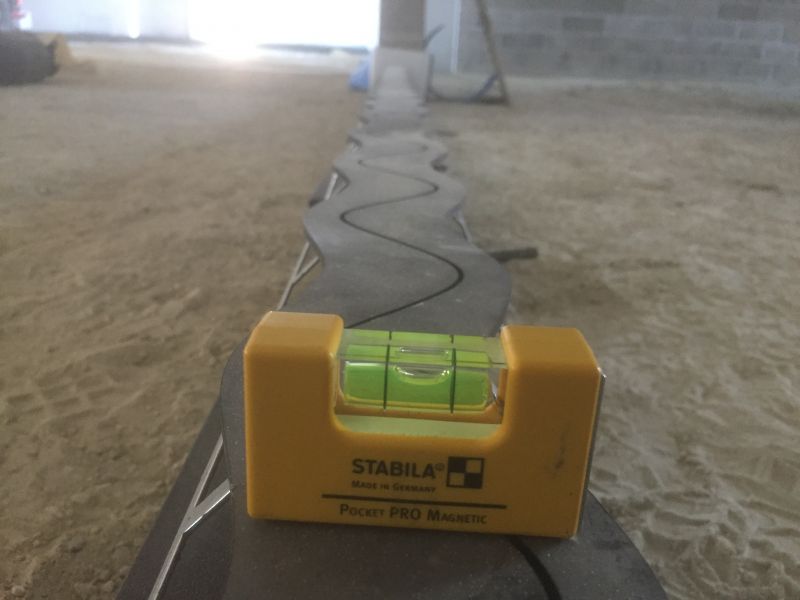Permaban Wave installed in French distribution centre
A two-storey distribution centre in France, which will operate material handling equipment (MHE) on both levels, features the latest Permaban armoured joint – Permaban Wave.
The distribution centre in Gennevilliers on the outskirts of Paris is currently under construction for an international furniture retailer. Once it is operational it will become the first warehouse in the country to operate MHE on both storeys.
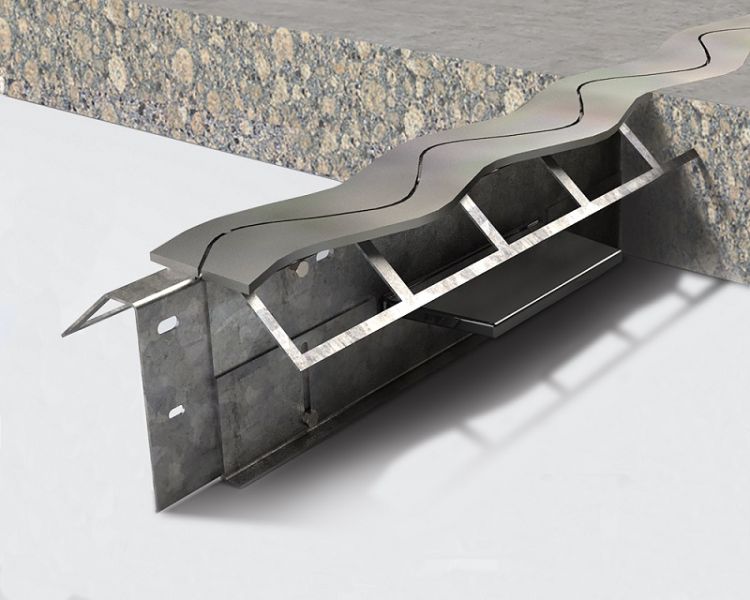
It has been built specifically to serve the ecommerce market, so will not be open to the public, but will fulfil demand for on-line orders from the Paris area.
SFRC slab
The building comprises five sections, or cells, each 6,000m². The specified floor was a 180mm-deep steel-fibre-reinforced concrete slab with saw cut joints.
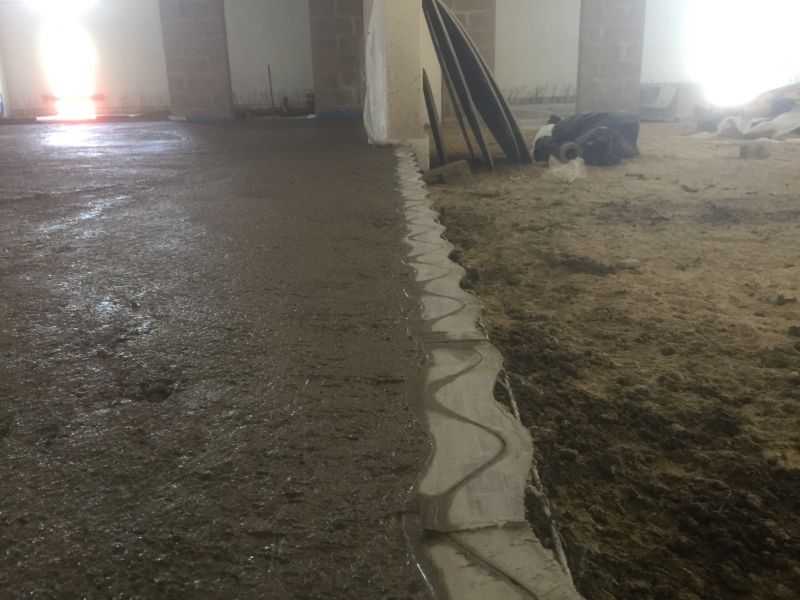
Although this is a steel-fibre slab, it is not jointless. According to French regulations (DTU13.3(1)), for a steel-fibre slab to be jointless it needs a fibre dosage of 40kg/m². This was not the case here; the dosage was between 20 and 30kg/m² and includes sawn joints. In France, saw-cut steel-fibre floors are more widespread than in the UK.
This SFRC flooring specification is common throughout Europe and has enjoyed increased popularity in the UK over the past ten years. The steel fibres help to control the contraction forces in the concrete as it cures, and may in some cases be used in place of steel fabric, specification permitting.
It is very rare for both steel fibres and fabric to be used together, but they are not mutually exclusive. In this instance there was no fabric, only fibres. However, steel fabric can be added by dock levellers and around columns for added reinforcement at these areas of restraint.
The controlled contraction and curing gives the concrete a greater resistance to cracking and thus fewer formed free movement joints (armoured joints) are needed across the expanses of the slab.
Fewer joints mean that the versatility of the slab is increased. Joint filling and regular routine maintenance on the saw-cut control joints will nonetheless be important during the floor’s operational life.
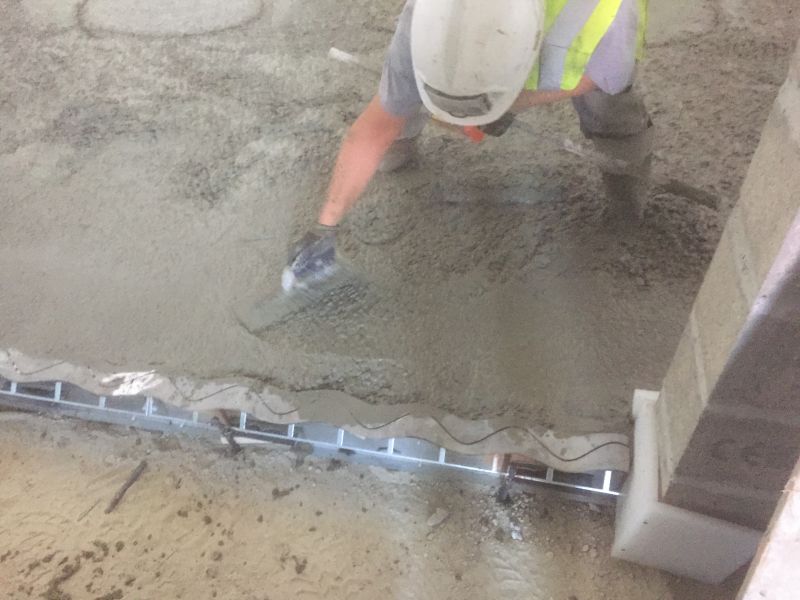
Directional traffic challenges
The specialist concrete flooring contractor on the Gennevilliers project, Mendes, needed to install a total of 32m of armoured joint across doorways. These were positioned between adjacent cells on the lower level of the distribution centre, with each doorway being 4m wide.
However, doorways are known to present an issue with traditional-style straight joints. When vehicle wheels cross a straight joint, they momentarily drop into the gap between the joint edges – identified by a distinctive clattering sound. This causes impact damage to the joint and vehicle, resulting in premature maintenance costs. The jolting effect on the forklift driver is also a health and safety concern, and traffic speed and efficiency is also reduced.
To overcome this issue, Mendes agreed to install a new armoured joint, Permaban Wave, developed by RCR Flooring Products.
With its curved joint edges Permaban Wave prevents joint impact from occurring. The outer edges of its narrow top plate are also curved, but follow a gentler contour than the central wave, so are also immune to impact damage. This top plate is fixed to a newly designed central ‘universal’ divider plate, with pre-set positions to easily accommodate popular slab depths.
Although the Wave joint can perform with a substantial opening, it is placed at a maximum distance of 35m (in accordance with the TR34 4th edition(2)). This, along with the sawn joints, ensures the opening is minimal.
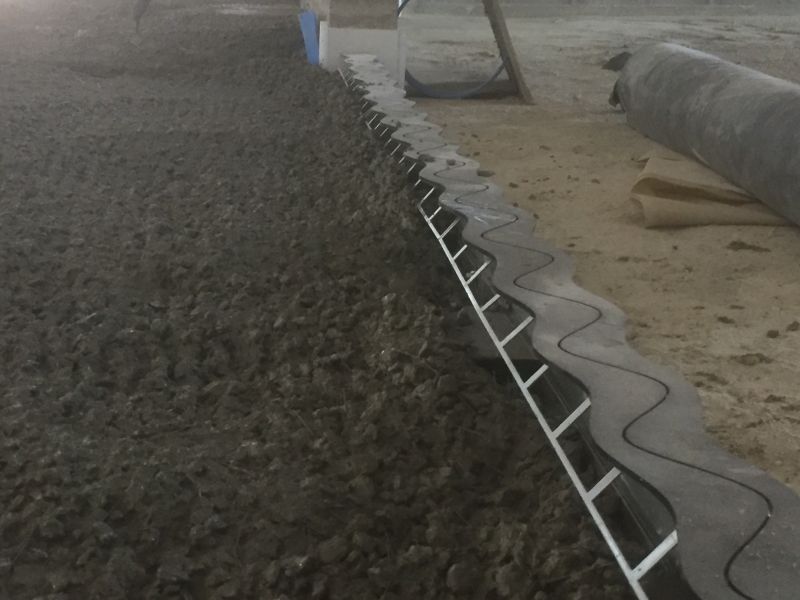
Joint installation
The joint installation took place on 26 June 2018 and Mendes used a combination of pins and modified fixing feet to ensure stability and correct alignment during the concrete pour.
A known issue with plate-style joints can be ensuring that the joint is truly level; as installers well know, small variances at the base can translate into larger differences and unevenness at the floor surface. This is particularly prevalent on joints with wide top plates and can be hard to rectify with grinding.
The Wave joint overcomes this by using a narrow plate, so that any variances are much smaller than would be the case with a wider plate. On this installation a good level of flatness was easily achieved.
The thin, curved plate also helped ensure the concrete could be thoroughly placed under the plate, ensuring good concrete compaction around the joint, aided by the continuous concrete ties set below the surface.
The subsequent pour against the joint was finished by power trowel the following day.
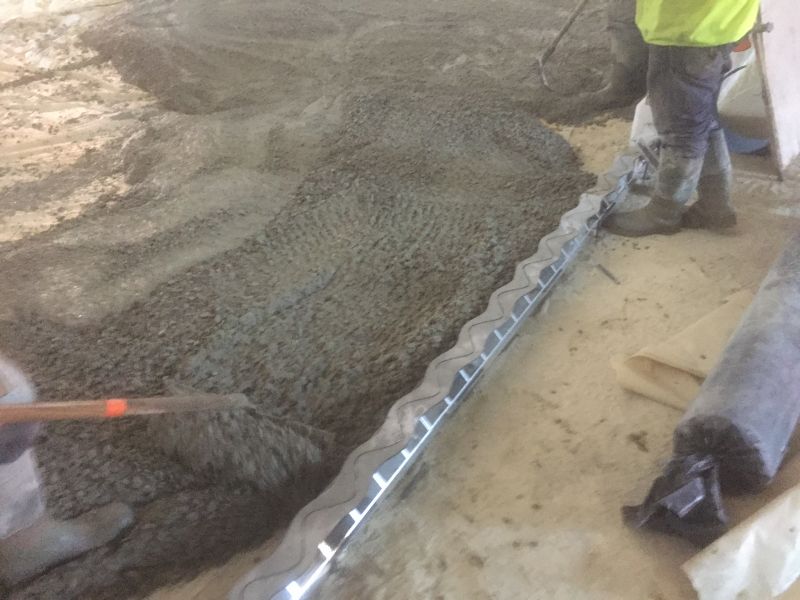
Follow up
Construction of the distribution centre is still on-going. However, initial feedback from the job site is very positive and a follow-up site visit at the end of July showed that the joint had opened well.
It is not anticipated that the Wave joints will need to be filled – there will be no trip hazard, minimal chance of debris entering the joint, due to its unique design, and no risk of hazardous substances leaching through the joint gap into the ground. However, joint filling can easily be done once the joint opening is established, if required by the client.
Filling a joint serves two purposes: a) the major role is to prevent wheel impact on a straight joint. In this case the Wave pattern already mitigates impact, preventing the need for filling to achieve this; b) unless working in a food-processing facility or any environment requiring a particularly high standard of health and safety, debris falling into a joint is not a major issue. However, the structure of the joint limits any debris fall.
This article was first published in Concrete Magazine, September 2018
